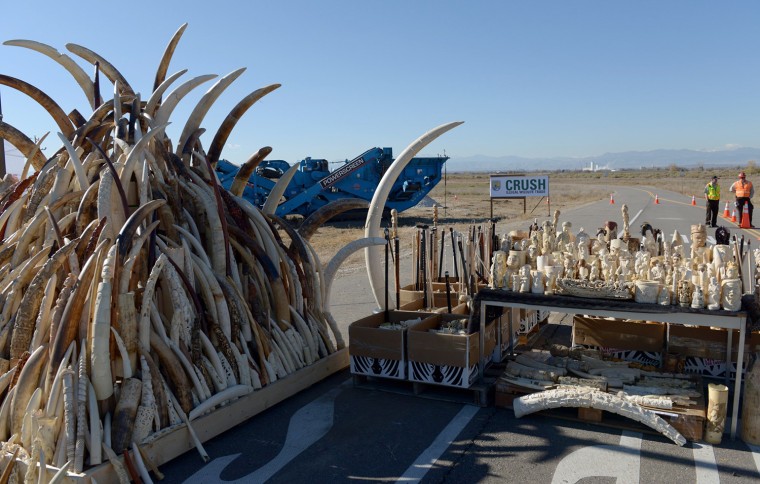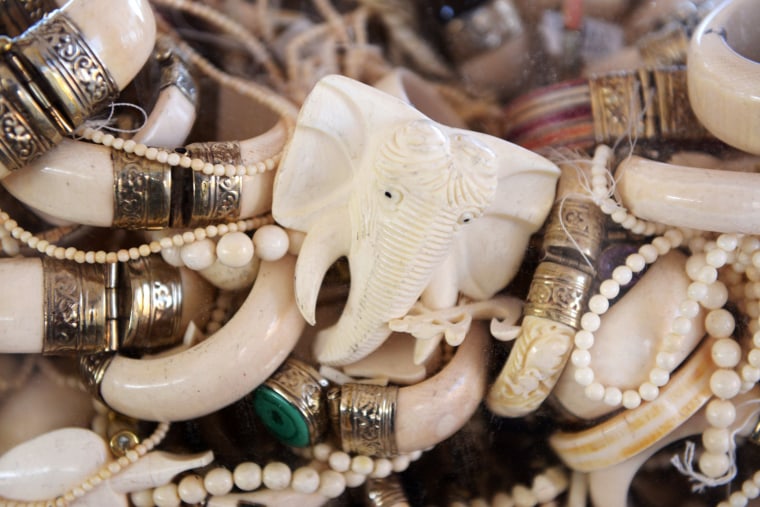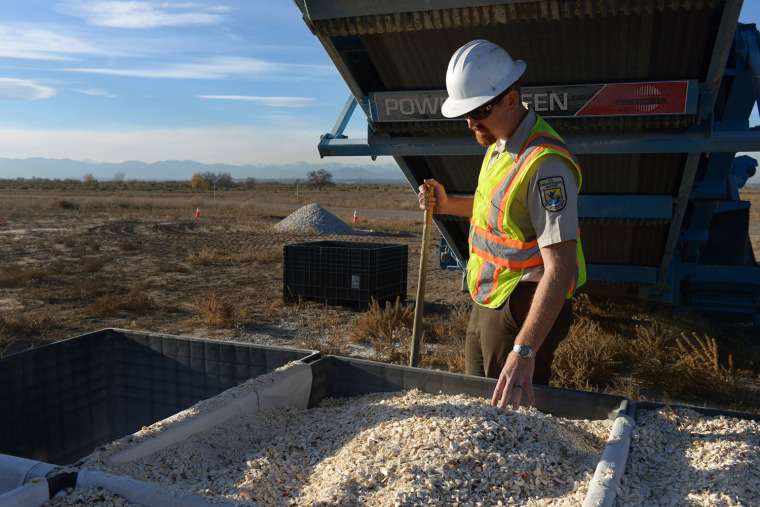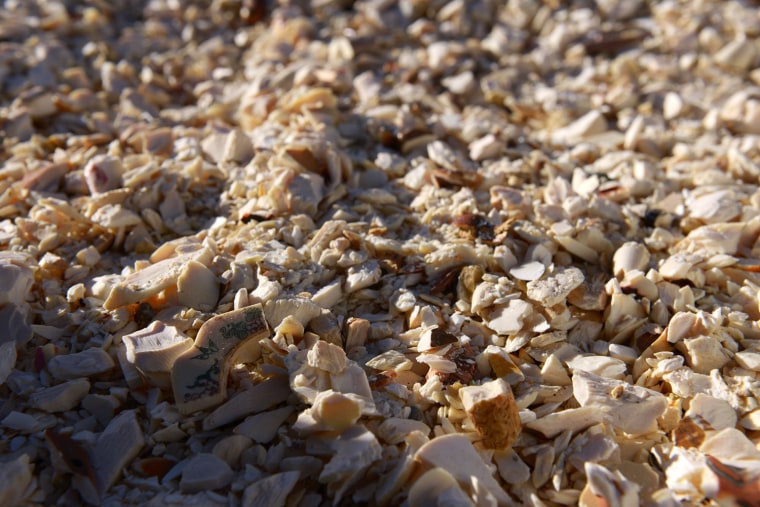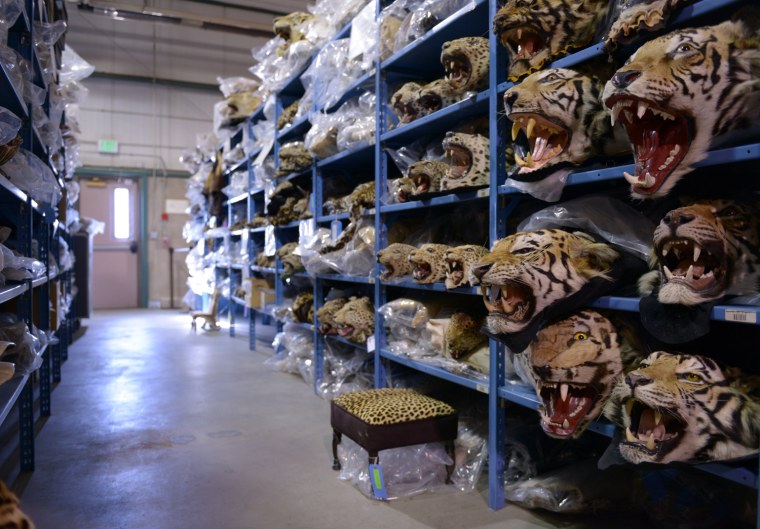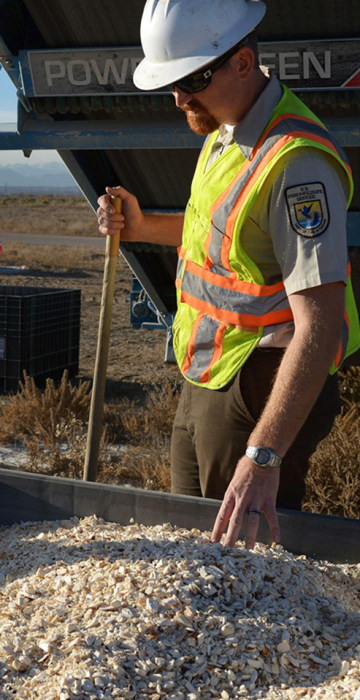
U.S. news
On display: Confiscated ivory in the U.S.
The U.S. is the second largest market for ivory in the world, according to activists. In the lead-up to the destruction of six tons of confiscated ivory, the U.S. Fish & Wildlife Service opened the vaults of the National Wildlife Property Repository in Denver, Colo.
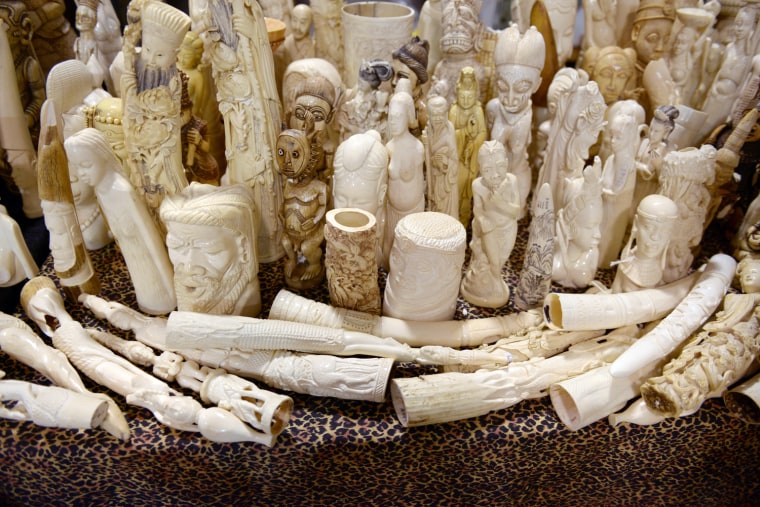
In the lead-up to the destruction of six tons of ivory on Nov. 14, the U.S. Fish & Wildlife Service granted access to the National Wildlife Property Repository in Denver, Colo. The warehouse is full of confiscated wildlife products, like these figurines carved from ivory. The U.S. is the second largest market for ivory in the world after China, according to activists.
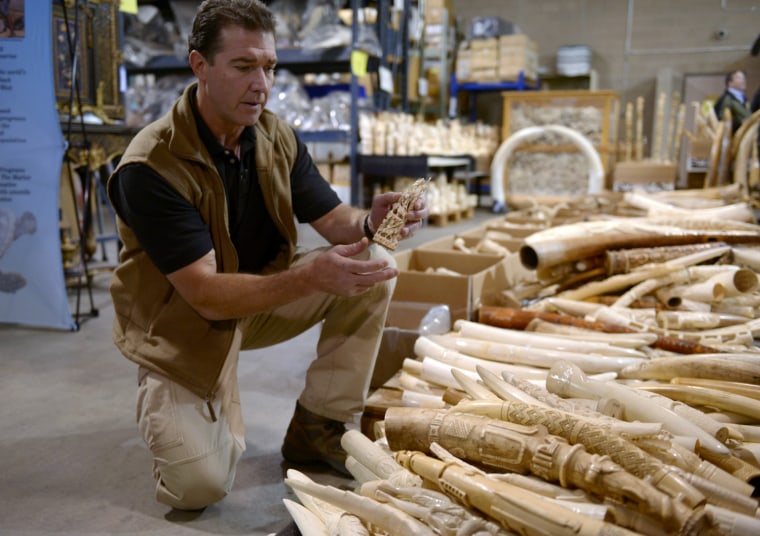
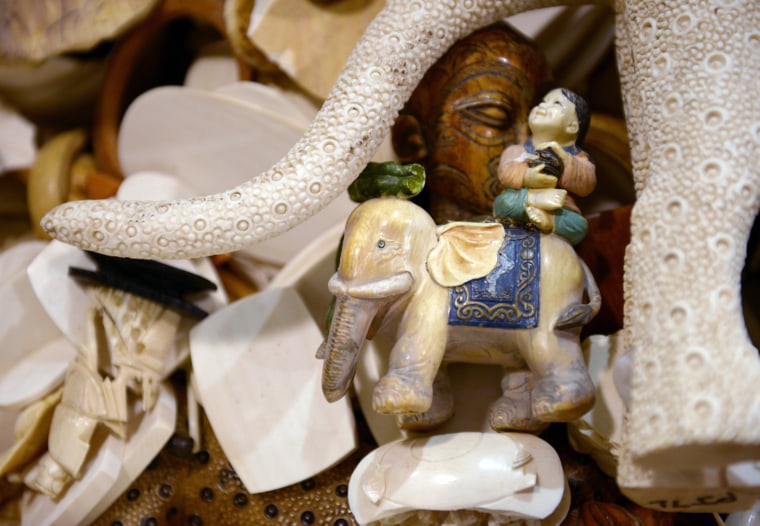
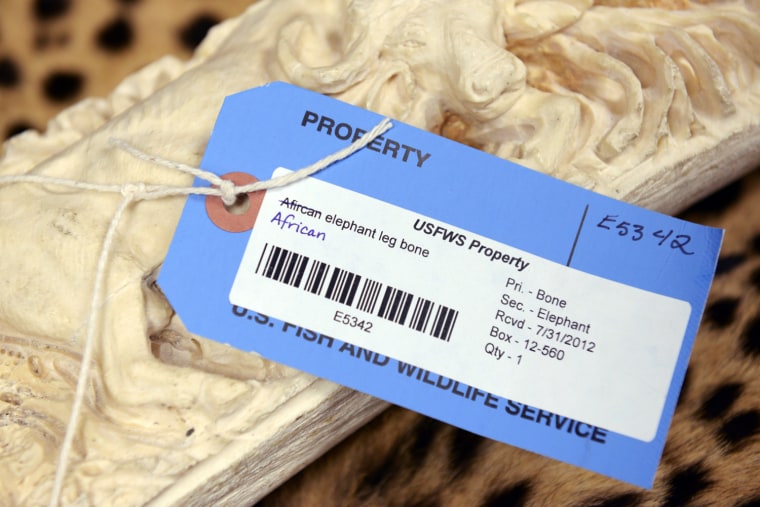
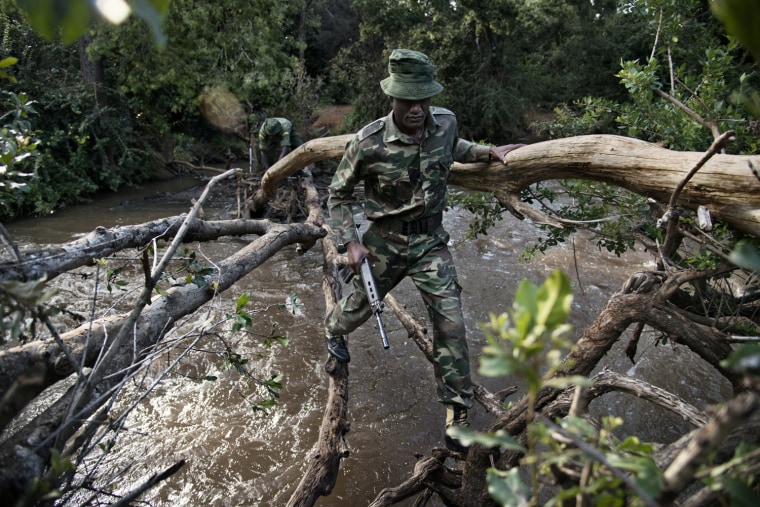

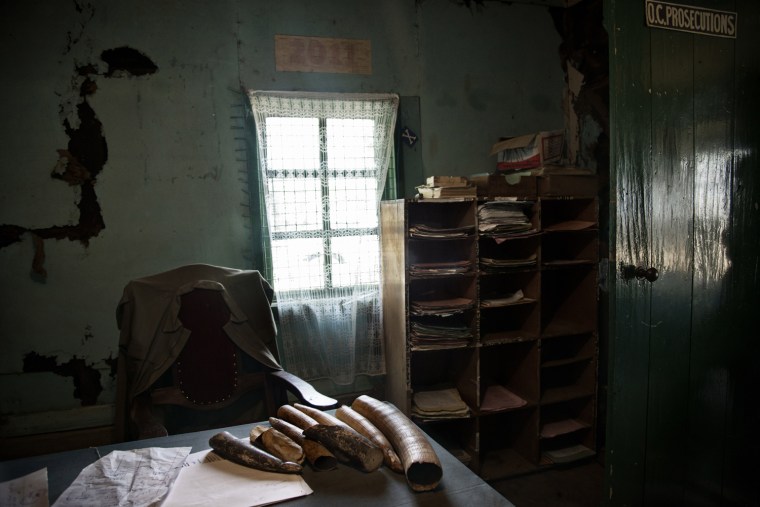
Confiscated ivory sits on the desk of a Kenyan prosecutor. Until recently, the maximum fine for poaching in Kenya was 20,000 shillings and the maximum prison sentence was two years. With the introduction of a new wildlife bill, the poaching of elephants is considered to be an economic crime; both fines and sentencing are to be drastically increased.
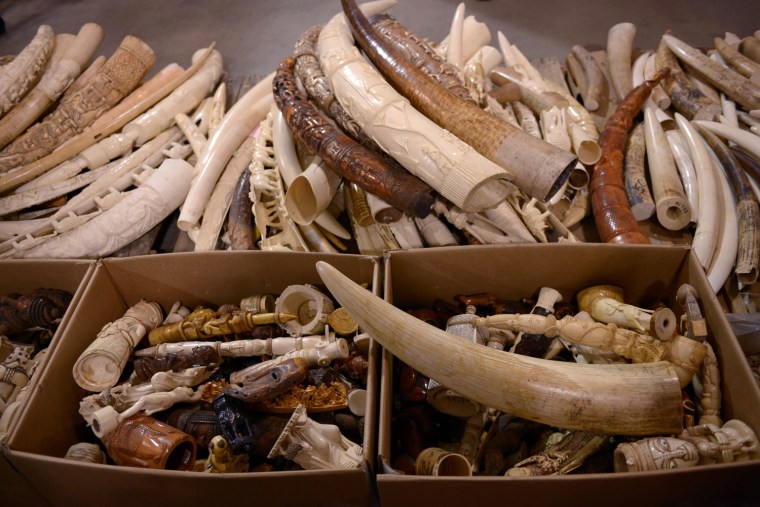
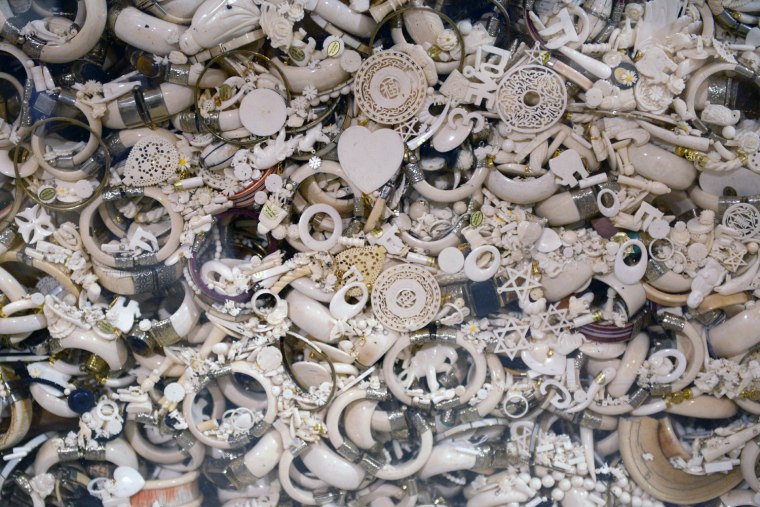
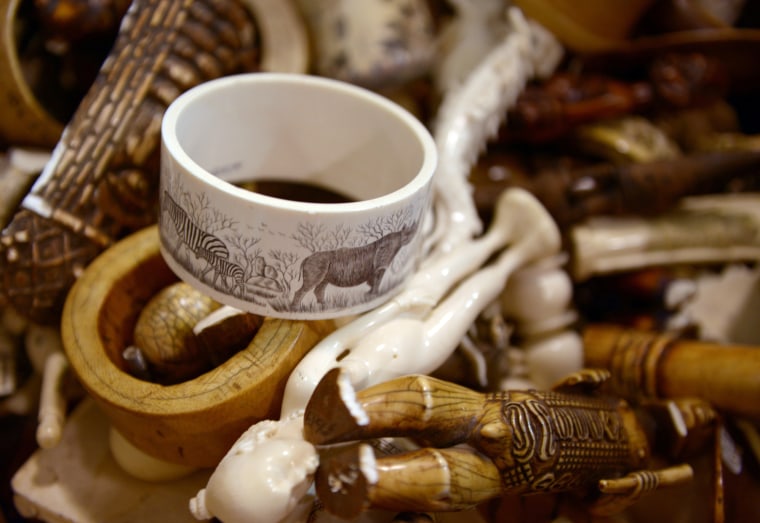
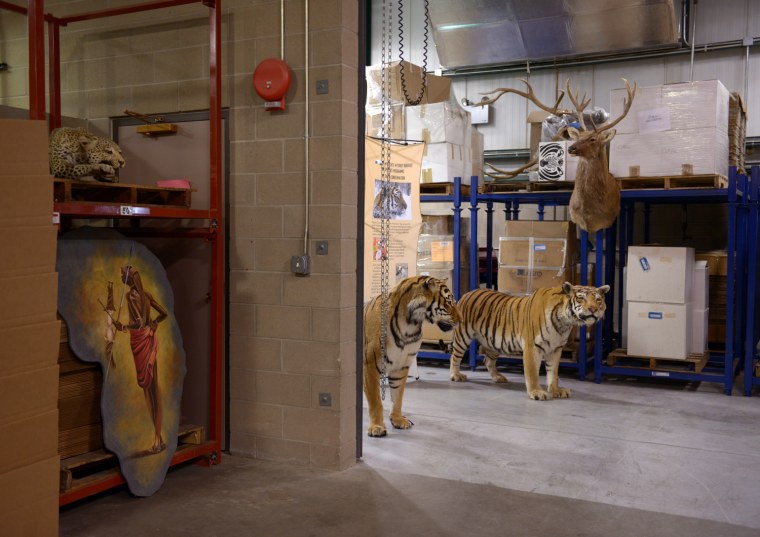
The National Wildlife Property Repository contains many other confiscated illegal wildlife products. In July, President Obama issued an Executive Order establishing a Presidential Task Force to combat wildlife trafficking, which accounts for one of the largest illicit trades in the world.
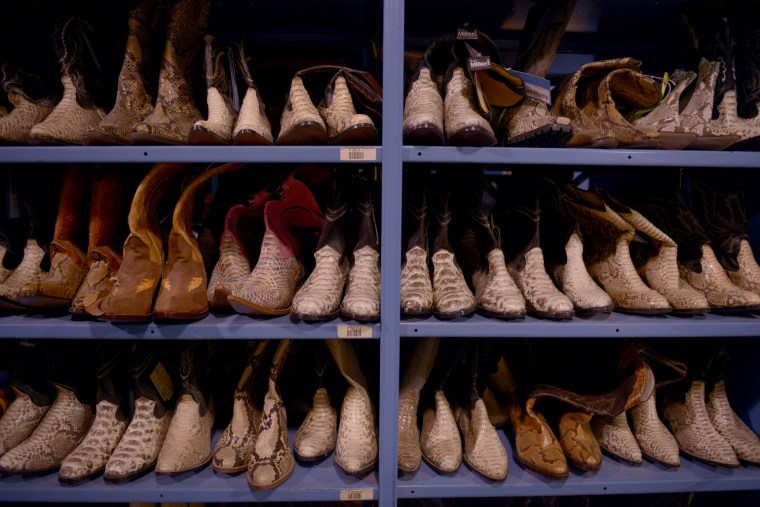
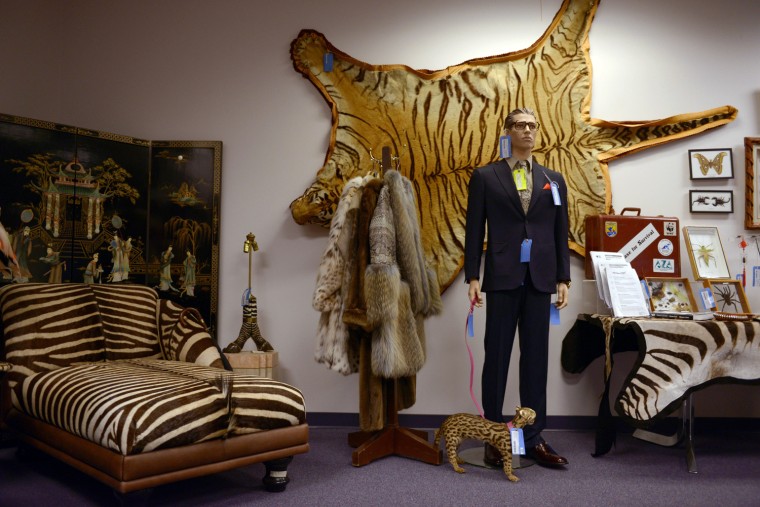
In the repository's education room, everything from rhino horn and ivory to illegal skins can be seen.
Photojournalist Kate Brooks has been covering the issue of poaching for the past year. Find out more about her forthcoming documentary film The Last Animals, which will investigate the fate of African elephants and rhinos.
